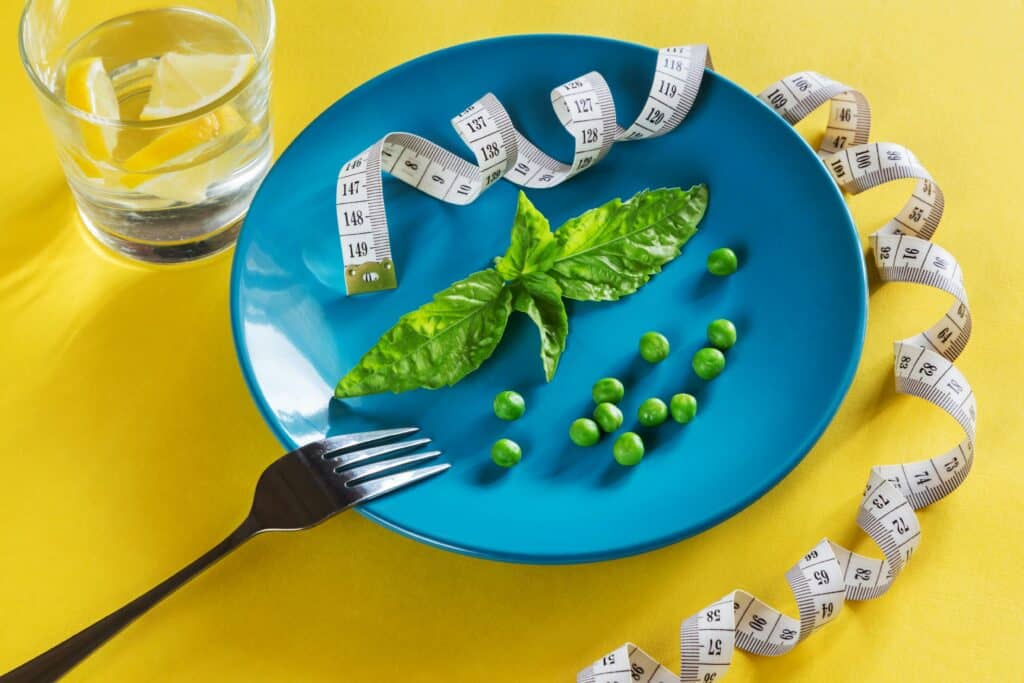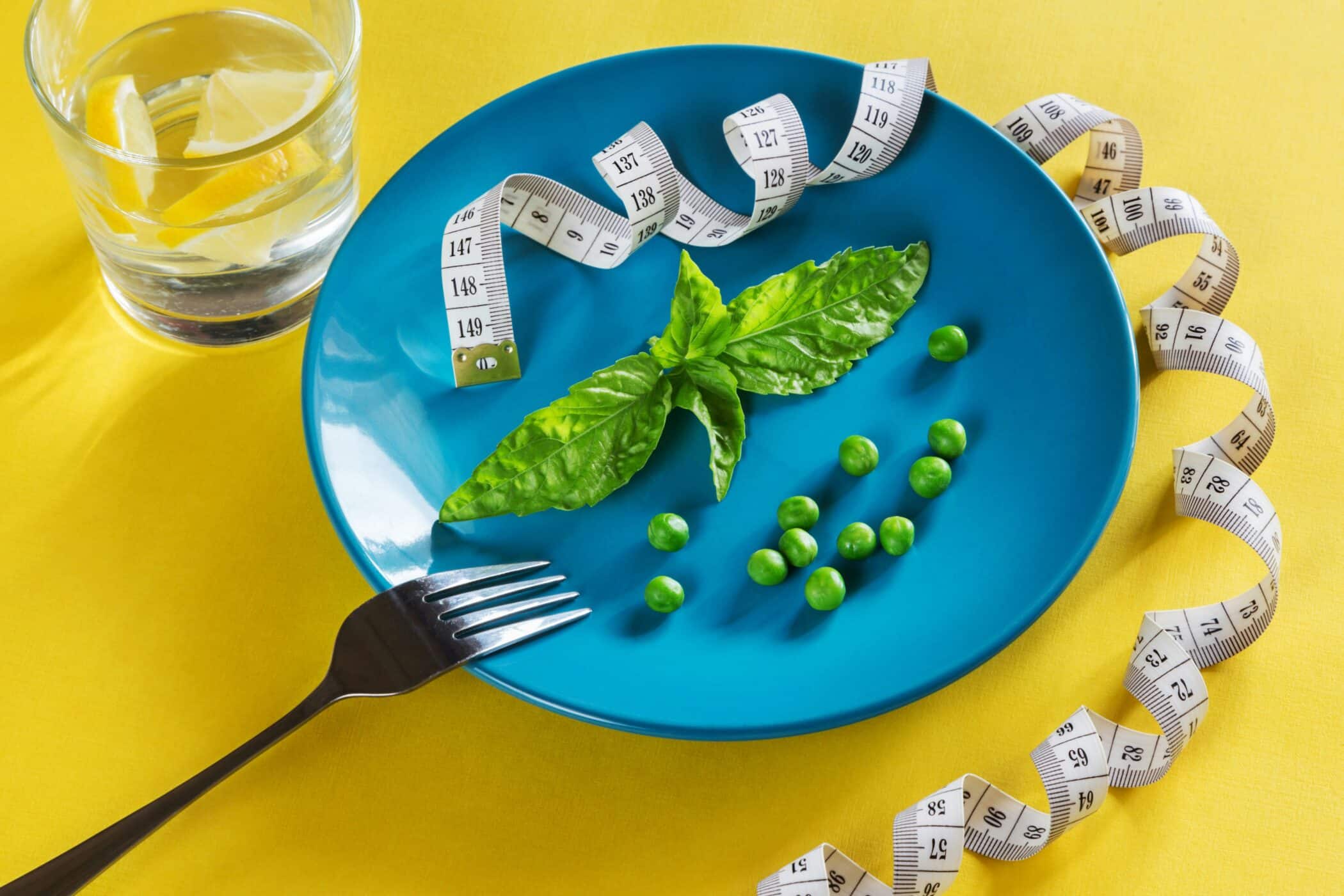
If you’re thinking about going vegan, one thing is for sure. You’ll hear from people who aren’t vegan or on a plant based diet about how expensive it is to manage such a meal plan. And if you think you can escape those comments because you’re only a little vegetarian, think again. In fact, a recent study found that vegetarians and vegans spend $23 less per week on groceries.
The average annual food expenditure of vegetarians is $750 less than that of meat eaters. This is according to research published in the Journal of Hunger & Environmental Nutrition. Nowadays, there may be a bigger difference.
Why? Simply said, animal items like beef and shellfish are now more expensive than they were ten years ago. Meat is no exception, with costs rising by more than 40%. Furthermore, costs rise in direct proportion to quality. On the other hand, a lot of plant-based protein sources are cheap. For instance, a family of two can go for days on one bag of beans. The ultimate meal with protein and complex carbs you can make by mixing in whole grains like brown rice or quinoa.
Who is to blame for a high vegan grocery bill? Goods are already prepared, as well as fake cheese and beef. The prepackaged goods aren’t that different from what non-vegans purchase… but they’re vegan, so, you know. They’re all more expensive in some way because they’re more practical, and practicality comes at a price. In addition, it’s crucial to keep in mind that those foods that seem nutritious may not be such. Most likely, they contain a lot of preservatives and have been highly processed. Thus, if you’re not careful, you can be consuming a lot of salt, GMOs, and pesticides in your diet.
Table of Contents
How to change your eating habits to a plant based diet
It’s not necessary to switch completely to a plant based diet overnight. Making a gradual change will help you succeed in the long run.
You might discover that making a few small modifications to your diet to include more plant based options has a big impact on you! Change some of your meals and snacks from animal-based to plant-based over time. Change to vegan yogurt, for instance!
How to make a plant-based diet grocery list on a budget
Focusing on buying whole foods is the simplest approach to creating a cheap grocery list on a tight budget. Consider legumes, grains, fruit, veggies, and greens.
Avoid prepared or processed foods as they can be expensive. As well as vegan cheese and meat substitutes. It’s not necessary to buy these things if you’re on a tight budget. Even if they can be useful for the transition from animal-based products. They are most definitely not vital to buy if you’re on a tight budget.
To find the best deals, you must shop around
Buy all organic staples, such as brown rice, quinoa, frozen fruit, spaghetti, and hummus, at a bulk store. Bulk purchases of shelf-stable goods are more affordable!
You should also freeze any bulk grains, rice, pasta, or flour that you buy. Weevils may thrive on these products, and they may then get into your pantry. Goods can be frozen to stop the growth and kill any eggs that could be present in the grains.
- Identify which local store has the freshest organic produce at the best price.
- Avoid prepared and packaged goods if you’re trying to keep an eye on your spending.
- Locate a store with an organic bulk department so you can stock up on grains, beans, nuts, and seeds.
- Always keep an eye out for food that is on sale, especially if it is marked down or on “clearance.” Buy something if you can consume it right away or freeze it!
- Buy seasonal produce. For instance, if you enjoy asparagus, wait until spring to buy it.
- Buy during the weekly sales! Before you go shopping, look over your favorite store’s sales flyer.
- Before you go grocery shopping, make a list. When you go shopping without a list, it’s simple to get sidetracked and buy more food than you need. The process of planning meals includes doing this as well! This is a step in the dinner preparation process as well!
- You don’t need to buy fresh fruit or veggies; frozen versions are also good and more affordable. Especially if you buy them in bulk.
Create a food plan
- On Friday night, sit down and choose the nutritious vegan foods you want to prepare for the coming week.
- Include all the ingredients you will need to prepare the recipes you wish to create. Cross off any ingredients you already have and don’t need to buy by going through your pantry.
- Buy all the ingredients you’ll need for the week on Saturday when you go shopping.
- On Sunday, spend as much time as you can preparing. Prepare some quinoa, rice, black beans, or chickpeas. Wash some lettuce for salads, and chop any vegetables that will keep for a few days in the refrigerator. Meal preparation can save you time during the week.
Should you keep food in separate or combined storage?
The decision of whether to keep your produce in or out of the refrigerator is half the battle. Some fruits and vegetables need separate storage, regardless of where you bought them. Certain fruits and vegetables can hasten the ripening process. Thanks to the natural gas ethylene that some of them emit. At times, this may be helpful. A faster way to ripen avocados? Put it in a paper bag next to a ripe banana and let the banana’s ethylene work its magic.
Yet, you shouldn’t always have your fruits and vegetables ripening right away. Otherwise, they can wind up going bad before you can consume them. Keeping high-ethylene fruit varieties separate from other products is a solid general rule. The worst offenders include tomatoes, apples, avocados, stone fruits, pears, bananas, and bananas. Delicate leafy greens are among the foods most vulnerable to ethylene gas.
Maintain your distance from onions as well. When stored together, you should keep onions away from potatoes. It will wilt and sprout faster when onions are present. Onions love to spread their aroma to their neighbors, especially if you cut it.
How to store sliced fruit and veggies
For snacking and to free up room in the fridge, it’s wonderful to have sliced fruits and veggies on hand. The majority of fruits will keep for around 5 days after being cut into slices. Store them in an airtight container and always refrigerate cut food.
When and what to wash
Washing your fruits and veggies, including the ones you peel, is always a good idea before eating them. Why? Bacteria that cause foodborne illness may adhere to a fruit or vegetable’s surface.
Bacteria may contaminate your cutting board and infect the meat even if you are not eating the skin or peel. Even though the possibilities are quite slim, it is better to be safe than sorry.
Green leaves
The ideal method for washing leafy greens is to detach the leaves from the head and soak them for about 5 minutes in cold water. Take the leaves out of the water and place them in a salad spinner to dry. Gently twirl the leaves with your hand to remove any debris. Your greens might become a mushy mess almost immediately if you store wet leaves.
Berries
Washing berries can be challenging because they are sensitive and dislike getting wet. The ideal method is to rinse them in a sieve, lay them out to dry, and then place them in the refrigerator.
Summary
In the end, your individual purchasing preferences have a significant impact on the actual expense of a plant based diet. Giving up meat and switching to a plant based diet won’t cost you much more than what you spend on groceries.
So why wait any longer if you’ve always wanted to consider a plant based diet? The expense is comparable to other dietary changes, and it might even enhance your health.

